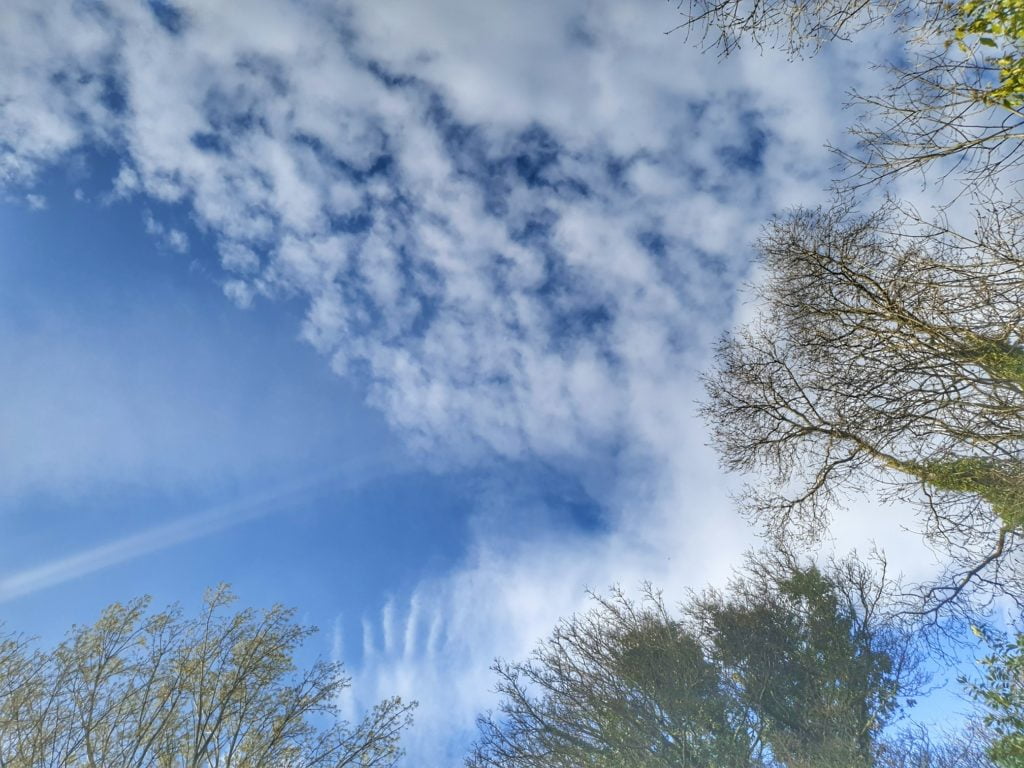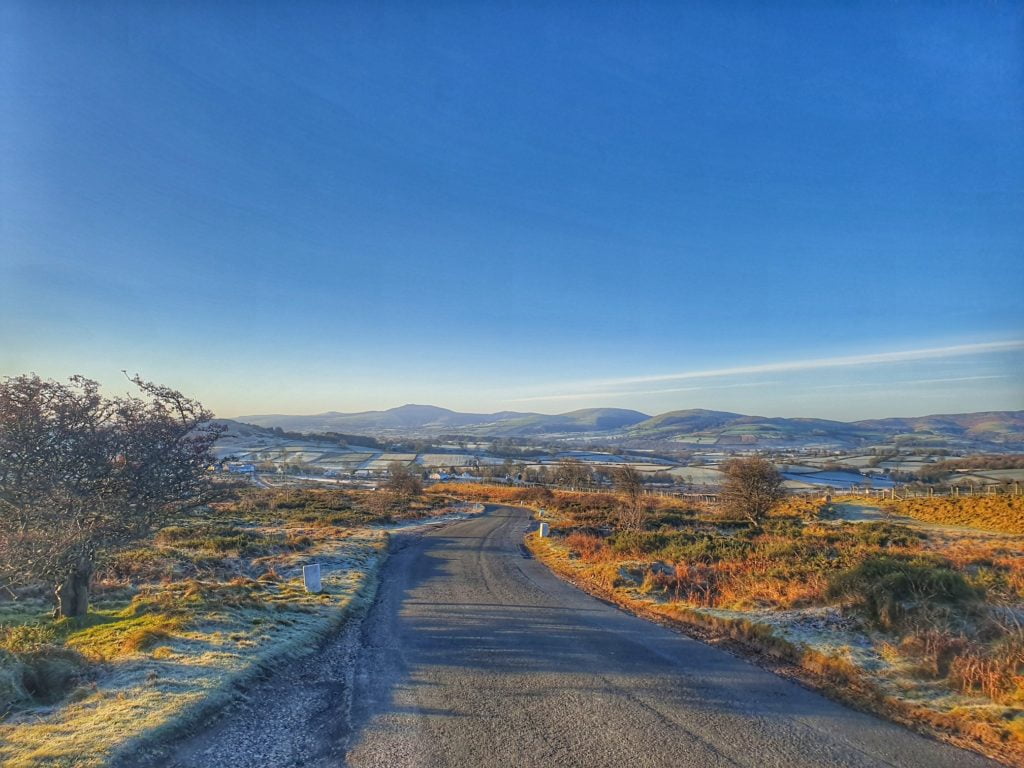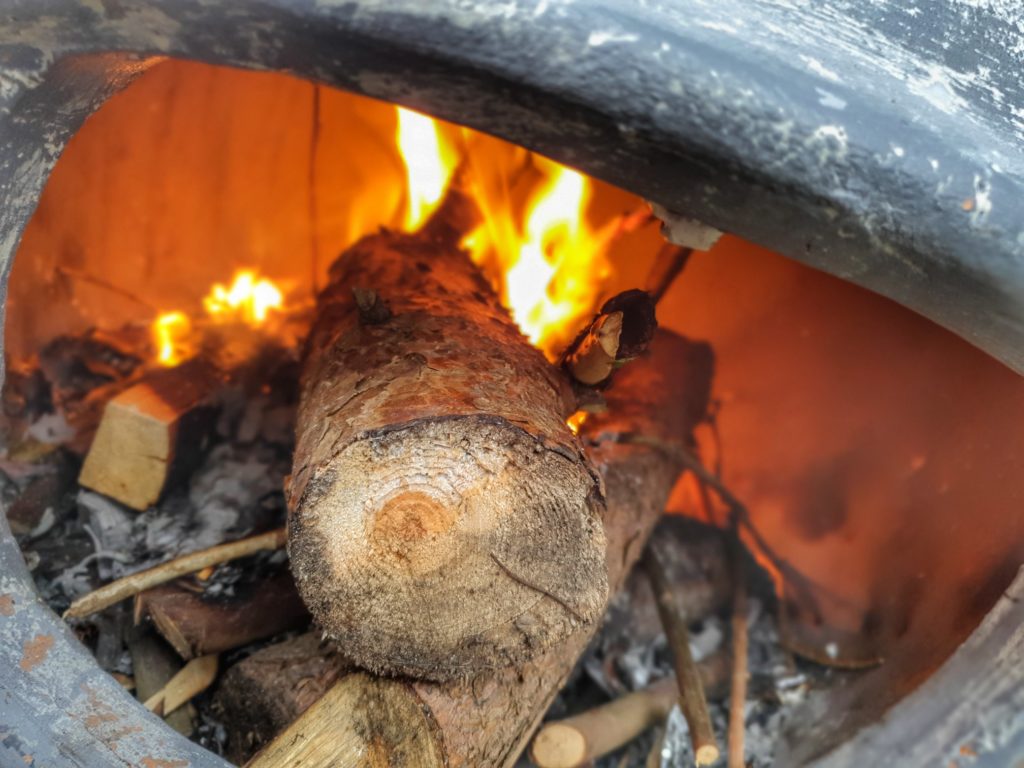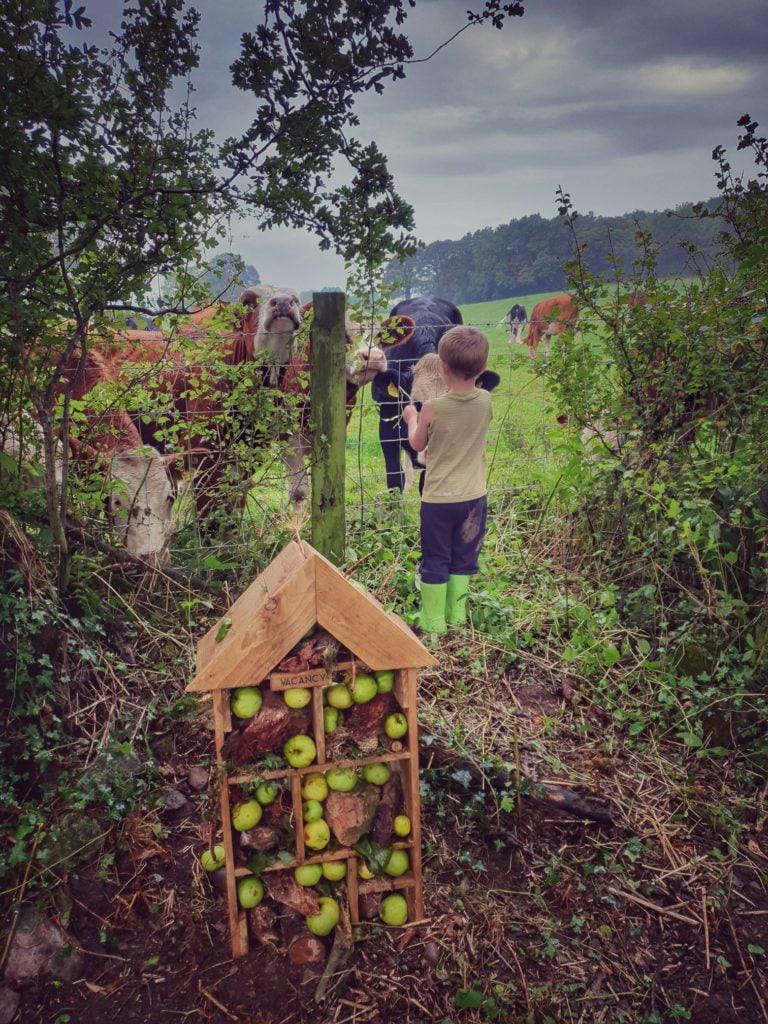We love living in the countryside. We love being tucked out of the way, surrounded by fields and wildlife. We love the air, the views and the sounds of the countryside. Living in the countryside does have its challenges though when it comes to things like a WI-FI connection and off grid energy.

What is off-grid energy?
When you live in a remote area, you often have to trade the convenience of mains supplies for the amazing views and tranquillity. Often, you can’t have both.
In very isolated areas where there is no mains electricity supply, isolated home owners have to generate their own using either solar, wind or water. Whilst this is never like living off a mains supply, it can work out cheaper than trying to have a mains supply fitted.

When it comes to heating your remote home, you might enjoy your open fire or log burners, but chances are that you need to give some thought to how you will heat your home and water supply, and how you will cook your food. There are a few options which I will discuss below.

Heating your remote home
Unless you are building your remote home from scratch, chances are you will inherit a heating system and energy source from the previous owner. One of the questions to ask before purchasing a property is – what it the energy source? You will then have some time to think through whether you want to stick with this OR keep it once you are moved in.
Once you have established the energy source, be sure to find out the type of tank you have at the property. You will need to find out if you have an above or underground tank and then make a decision about whether you want to change that or not. Some people don’t find the tanks unsightly, and that’s fine, it’s a personal choice of course. If you aren’t able to ‘hide’ your tank somewhere on your property, you might want to consider re-sighting it under the ground. The main thing to check is whether the delivery company can access the tank without you being there, so you don’t have to be present for deliveries.
Once you’ve decided on location of tank, you will also then need to consider oil or LPG, and then LPG versus BioLPG.
Oil
There are plenty of remote homes with oil tanks in the garden, this remains a popular option for heating rural homes and water supplies. You order your oil online and a tanker comes to your home to fill it up for you, all fairly straightforward really, but it is a system that can take a bit of getting used to, if you have been used to being on mains.
We currently have an oil tank in the garden, we haven’t changed it since we moved in last year as it hasn’t been a priority. Looking forwards however, we are certainly keen to reduce our carbon footprint, so this is something we will look to change at some point.
LPG
LPG is another option worth considering. We actually had an LPG tank at our last house, it wasn’t particularly hidden but its visibility didn’t bother us too much, it was more the children playing around it that was hard to stop as they were only small at the time. We were able to have a gas hob, which I always find easier to cook on, due to the controllable flame. Whilst we have a gas hob in our current home, as we have an oil tank, we have to have a separate gas bottle hooked up to operate the cooker. Having an LPG tank is much more straightforward than oil and much more versatile.
LPG is a more environmentally friendly fuel when compared to oil as it produces less carbon emissions when burned. If you’re concerned about your home’s impact on the environment, this is a big plus to having LPG over oil. LPG can cut your carbon emissions by up to 16%, when compared to oil.
Furthermore, in comparison to oil, LPG is virtually impossible to steal, as it would require specialist equipment to be extracted from a gas tank. You can also set up auto-ordering for LPG, whereby your usage is monitored and you are automatically topped up when required.
BioLPG
If you are really serious about cutting your carbon emissions and your carbon footprint overall, BioLPG is the obvious way forward when it comes to your remote home. When compared to oil, the reduction is carbon emissions is huge. Previous oil customers could cut their carbon emissions by up to 38% by switching to Calor’s BioLPG. Click here to learn more about this renewable energy.

BioLPG is delivered in the same way as LPG and chemically it is identical but it is cleaner and renewable, making it a better option overall. It can be easily blended with your existing LPG, so no need to empty or change you tank if making the switch from standard LPG.
Cost wise BioLPG is more expensive than oil, however, oil prices can fluctuate hugely, whereas the price of LPG and BioLPG are generally much more stable.

BioLPG is what we are going to be looking to switch to, as I think it’s a more future-proof source of energy, not to mention less damaging for the environment.


2 comments